Home>Garden Essentials>When To Plant Ginseng Seeds
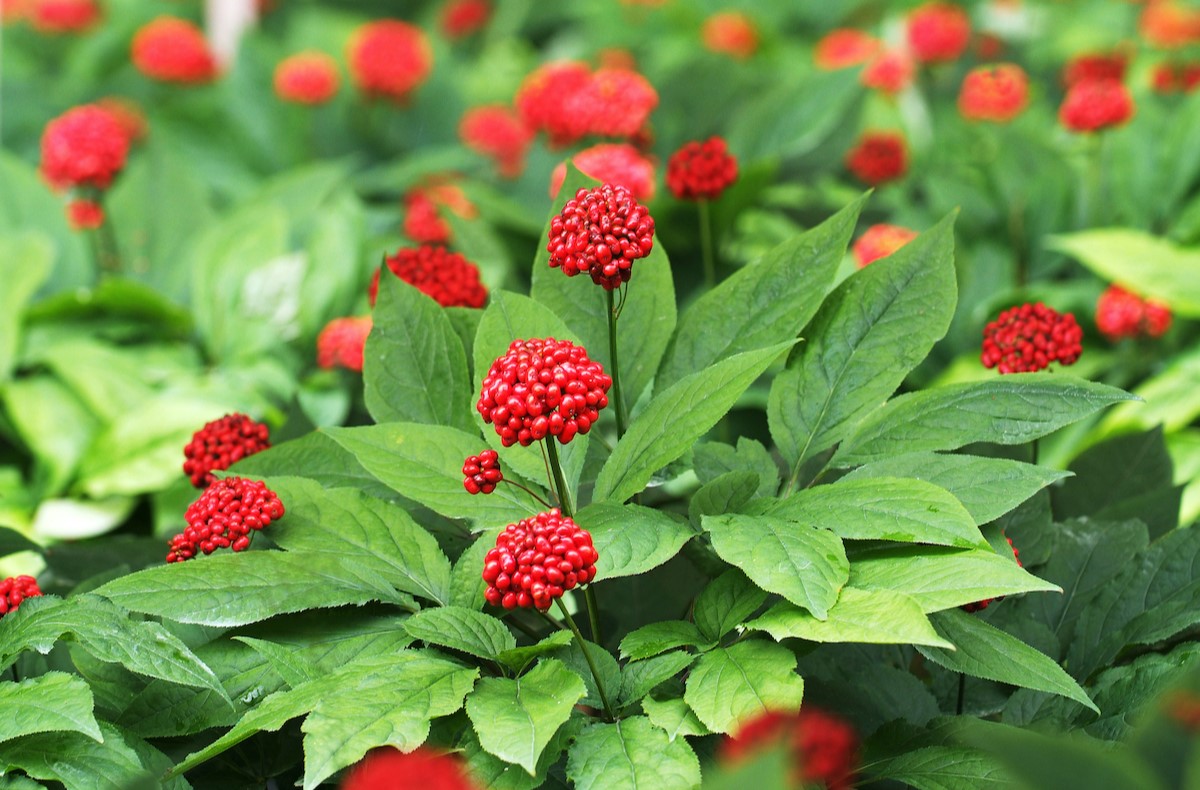

Garden Essentials
When To Plant Ginseng Seeds
Modified: March 16, 2024
Discover the best time to plant ginseng seeds in your garden for optimal growth and harvest.
(Many of the links in this article redirect to a specific reviewed product. Your purchase of these products through affiliate links helps to generate commission for Storables.com, at no extra cost. Learn more)
Introduction
Welcome to the wonderful world of gardening! If you have a passion for all things green and wish to explore the realm of herbal plants, ginseng is an excellent choice. Known for its immense health benefits and adaptability, ginseng is a revered plant that has been used for centuries in traditional medicine.
Before diving into the process of planting ginseng seeds, it’s important to understand that ginseng cultivation requires careful attention and patience. This article will guide you through the essential factors to consider, such as the ideal climate, soil preparation, seed selection, planting techniques, and care for the seedlings.
Whether you’re a novice gardener or seasoned enthusiast, this comprehensive guide will help you embark on a successful journey with ginseng. So, let’s roll up our sleeves and get ready to delve into the captivating world of ginseng gardening!
Key Takeaways:
- Ginseng thrives in cool, shaded areas with well-draining soil. Understanding the ideal climate and soil preparation is crucial for successful ginseng gardening.
- Selecting high-quality seeds, providing proper care for seedlings, and protecting them from pests and diseases are essential for growing healthy ginseng plants.
Read more: When To Plant Gaillardia Seeds
Factors to Consider before Planting Ginseng Seeds
Before embarking on your ginseng gardening venture, it’s crucial to consider various factors that will contribute to the success of your plants. By addressing these considerations, you will create an optimal environment for your ginseng seeds to thrive. Let’s explore some key factors to keep in mind:
- Climate: Ginseng thrives in cool temperate regions, typically found in North America and Asia. The ideal climate for ginseng cultivation is characterized by well-defined seasons, with cold winters and mild summers. Extreme temperature fluctuations can stress the plants, so it’s necessary to choose a suitable location with a climate that mimics their natural habitat.
- Shade: Ginseng is a shade-loving plant. It thrives in the dappled sunlight provided by tree canopies. When selecting a site for planting ginseng seeds, ensure that it offers a shaded environment with around 70-80% shade during the growing season. This can be achieved by planting under the shade of tall trees or using shade cloth to create a suitable environment.
- Soil Composition: Ginseng prefers fertile, well-draining soil that is rich in organic matter. Before you start planting, it’s important to test the soil to assess its pH and nutrient levels. Ginseng prefers slightly acidic soil with a pH range of 5.5 to 6.5. If the soil pH is not within this range, amendments can be made to adjust it. Additionally, ginseng requires soil that retains moisture but is not prone to waterlogging.
- Air Circulation: Good air circulation is crucial for preventing diseases in ginseng plants. Ensure that the planting site is well-ventilated, allowing for proper airflow. This will help prevent the buildup of moisture and reduce the risk of fungal infections.
- Site Selection: Choosing the right site for planting ginseng seeds is vital for their success. Look for areas with a gentle slope, as this helps with proper drainage. Avoid low-lying areas that collect water, as excessive moisture can lead to root rot. Furthermore, select a location away from large tree roots, as they can compete for nutrients and hinder the growth of ginseng plants.
By considering these factors, you are setting the foundation for healthy ginseng plants. Remember to thoroughly assess your gardening space to ensure that it meets the requirements for successful ginseng cultivation. With a suitable environment in place, you’ll be well on your way to growing robust ginseng plants from seeds.
Understanding the Ideal Climate for Growing Ginseng
Ginseng, a perennial herbaceous plant, thrives in specific climatic conditions. To cultivate healthy and vigorous ginseng plants, it’s crucial to understand the ideal climate they require. Let’s explore the key climate considerations for growing ginseng:
Temperature: Ginseng prefers cool temperate climates with distinct seasons. It requires a period of dormancy during winter to ensure proper growth and development. Cold winters are essential for ginseng seeds to break their dormancy and initiate germination. For optimal growth, ginseng plants require temperatures between 50°F (10°C) and 70°F (21°C) during the growing season.
Humidity: Ginseng plants thrive in areas with moderate to high humidity levels. Adequate moisture in the air helps prevent dehydration and ensures healthy leaf development. However, excessive humidity can also increase the risk of fungal diseases, so finding the right balance is important. Proper air circulation and regular watering practices can help maintain optimal humidity levels for ginseng plants.
Sunlight: Ginseng is a shade-loving plant that thrives under the dappled sunlight provided by tree canopies. In nature, ginseng grows on forest floors where it receives filtered sunlight. When cultivating ginseng, it’s important to replicate this environment to ensure the plants’ well-being. Planting in areas with 70-80% shade during the growing season is ideal for ginseng’s photosynthesis and overall growth.
Rainfall: Ginseng requires consistent and adequate moisture throughout its growing season. It prefers moist growing conditions but is susceptible to waterlogged soil. The average annual rainfall in the region should be between 30-45 inches (76-114 cm). Supplemental watering may be necessary during dry periods to prevent the soil from drying out, especially during the critical stages of growth and development.
Seasonal Changes: Ginseng plants are responsive to seasonal changes, and these changes play a crucial role in their growth cycle. Spring and fall are particularly important for ginseng plants, as they initiate growth and prepare for dormancy, respectively. By understanding these seasonal changes and aligning your planting and care practices accordingly, you can maximize the growth potential of your ginseng plants.
When planning to grow ginseng, it’s essential to select a location that closely matches these ideal climatic conditions. By providing your ginseng plants with the right temperature, humidity, sunlight, and rainfall, you’ll create an environment where they can thrive. Remember, ginseng cultivation requires patience and attention to detail, so be prepared to monitor and adjust environmental conditions as needed for the best results.
Preparing the Soil for Planting Ginseng Seeds
One of the crucial steps in cultivating healthy and robust ginseng plants is to prepare the soil properly before planting the seeds. The condition of the soil greatly affects the growth and development of ginseng. Here are some essential steps to follow for soil preparation:
- Soil Testing: Start by conducting a soil test to determine the pH level and nutrient composition of the soil. Ginseng thrives in slightly acidic soil, ideally with a pH range of 5.5 to 6.5. If the pH is too high or too low, you may need to amend the soil to adjust its acidity level.
- Clearing the Area: Before you begin working on the soil, clear the planting area of any debris, weeds, or rocks. Ginseng plants are sensitive to competition, so eliminating potential barriers will allow them to establish their roots more effectively.
- Tilling the Soil: Use a garden tiller or a shovel to loosen the soil to a depth of at least 8 inches. Breaking up compacted soil will promote better root penetration and drainage. Remove any large clumps and rocks that can impede root development.
- Adding Organic Matter: Ginseng thrives in rich, loamy soil that is high in organic matter. Incorporate well-aged compost or organic material, such as leaf mold or well-rotted manure, into the soil. This will improve its fertility, moisture-retention capabilities, and overall structure.
- Adjusting Soil Acidity: If your soil pH falls outside the ideal range for ginseng, you may need to make adjustments. To lower the pH, you can add elemental sulfur or acidic organic materials such as pine needles. If the soil is too acidic, you can raise the pH by adding agricultural lime.
- Improving Drainage: Ginseng plants require well-draining soil to avoid waterlogging, which can lead to root rot. If your soil has poor drainage, consider adding sand or perlite to improve its texture and allow excess water to flow away more easily.
Once you have completed these soil preparation steps, it’s important to maintain the soil’s moisture content. Ginseng seeds and seedlings require consistent soil moisture but should not be waterlogged. Regularly monitor the soil moisture levels and provide irrigation as needed, especially during dry periods.
By taking the time to properly prepare the soil, you are creating a favorable growing environment for your ginseng seeds. This will ensure that they receive the necessary nutrients, drainage, and moisture to establish healthy roots and grow into flourishing plants. Remember to continuously monitor the soil conditions and make adjustments as necessary throughout the growing season for optimal results.
Selecting the Right Ginseng Seeds
When it comes to cultivating ginseng, selecting the right seeds is crucial for successful germination and growth. Here are some important factors to consider when choosing ginseng seeds:
Seed Quality: Opt for high-quality ginseng seeds from reputable sources. Look for suppliers who specialize in ginseng seeds and have a proven track record of providing viable and genetically diverse seeds. Quality seeds are more likely to have a higher germination rate and produce vigorous plants.
Species and Variety: There are different species and varieties of ginseng available, each with its own unique characteristics. The two most common species are American ginseng (Panax quinquefolius) and Asian ginseng (Panax ginseng). Research and choose the species that best suits your climate and growing conditions. Consider factors such as temperature range, shade requirements, and overall adaptability to your specific region.
Age of Seeds: Freshness plays a crucial role in ginseng seed viability. It’s recommended to use seeds that are less than a year old, as they tend to have a higher germination rate. Older seeds may still germinate, but their viability decreases over time. If you’re not sure about the age of the seeds you have, it’s best to consult the supplier or consider purchasing fresh seeds.
Stratification Requirements: Ginseng seeds have a natural dormancy period that needs to be broken before they can germinate. This process is called stratification. Some ginseng seeds require a cold stratification period of several months at temperatures just above freezing, while others may have specific requirements for warm stratification. It’s important to understand the stratification needs of the ginseng seeds you plan to grow and follow the appropriate process to ensure successful germination.
Certified Seeds: If available, consider purchasing certified ginseng seeds. Certified seeds have been tested and verified to meet certain quality standards. They are free from pests, diseases, and contaminants, giving you a higher chance of successful germination and healthy plant growth.
Quantity: The number of seeds you need will depend on the size of your planting area and your desired crop density. Consider the space available and the amount of effort you can dedicate to caring for a larger number of plants. It’s generally recommended to space ginseng plants apart to allow for proper growth and prevent competition.
By carefully selecting the right ginseng seeds, you’re setting the stage for a successful gardening experience. Take the time to research and choose high-quality seeds that are well-suited for your climate and growing conditions. Remember to follow the appropriate stratification process for the seeds and consider purchasing certified seeds for added assurance. With the right seeds in hand, you can look forward to nurturing healthy ginseng plants and enjoying their numerous benefits.
Plant ginseng seeds in the fall, ideally between September and November. This allows the seeds to go through a natural stratification process over the winter, which improves germination rates.
Read more: When To Plant Bermuda Seeds
Planting Ginseng Seeds: Timing and Techniques
When it comes to planting ginseng seeds, timing and proper techniques are essential to ensure successful germination and healthy plant growth. Here are some important considerations to keep in mind:
Timing: Ginseng seeds should ideally be planted in the fall, typically between late August and early October. Planting during this period allows the seeds to go through a natural cold stratification process during the winter, which enhances germination in the following spring. It’s important to plant the seeds before the ground freezes to give them enough time to settle into the soil.
Site Preparation: Before planting ginseng seeds, prepare the site by following the soil preparation steps outlined earlier. Ensure that the soil is well-drained, loose, and rich in organic matter. Clear the area of any debris, rocks, or weeds that can hinder germination and plant growth.
Planting Depth: Ginseng seeds should be planted at a depth of approximately 1 inch (2.5 cm) in the soil. Planting too shallow or too deep can affect the germination process. Gently press the seeds into the soil to secure them in place, ensuring good soil-to-seed contact.
Row Spacing: Ginseng plants benefit from adequate spacing to allow for proper growth and to minimize competition for nutrients and moisture. Plant the seeds in rows, with a spacing of about 8 to 12 inches (20 to 30 cm) between each seed. Leave about 18 to 24 inches (45 to 60 cm) between rows.
Protection: It’s important to protect the planted seeds from birds, rodents, and other animals that may consume them. Cover the planting area with a layer of straw or pine needles to discourage foraging animals. Alternatively, you can use a protective mesh or netting until the seeds have germinated.
Watering: After planting, water the area lightly to settle the soil and provide moisture for the seeds. Be careful not to overwater, as excess moisture can lead to rot. Throughout the germination period, monitor the moisture levels and ensure that the soil remains evenly moist but not saturated.
Germination and Care: Ginseng seeds typically take about 18 to 24 months to germinate, so patience is key. During this period, continue to provide regular moisture and protect the seeds from extreme weather conditions. Monitor the planting area for any signs of weeds and remove them carefully to prevent competition with the ginseng plants.
By following these planting techniques and timing guidelines, you can enhance the chances of successful germination and the establishment of healthy ginseng plants. Remember to provide proper care and attention to your ginseng seeds throughout the germination process, and anticipate the rewarding experience of seeing your ginseng plants take root and thrive.
Caring for Ginseng Seedlings
Once your ginseng seeds have germinated and the seedlings have emerged, it’s essential to provide them with proper care to ensure their healthy growth and development. Here are some crucial aspects to consider when caring for ginseng seedlings:
Moisture: Ginseng seedlings thrive in moist soil conditions. Monitor the soil moisture levels regularly and ensure that the seedlings receive consistent moisture. Avoid overwatering, as excessive moisture can lead to root rot. Mulching the area around the seedlings with a layer of straw or leaf litter can help retain moisture and prevent weed growth.
Shade: Continue to provide the ginseng seedlings with the appropriate amount of shade to mimic their natural woodland habitat. Maintain around 70-80% shade using shade cloth or natural shading from trees. Shade helps protect the seedlings from excessive sunlight, prevents moisture loss, and encourages healthy growth.
Weed Control: Weeds can be detrimental to ginseng seedlings, competing for valuable nutrients and moisture. Regularly inspect the planting area and carefully remove any weeds that may have sprouted. Take care not to disturb the fragile ginseng seedlings in the process. Applying mulch around the seedlings can also help suppress weed growth.
Fertilization: Ginseng seedlings benefit from regular fertilization with organic, slow-release fertilizers. Apply a balanced fertilizer during the growing season, following the manufacturer’s instructions. Organic fertilizers such as compost or well-aged manure can also provide enriching nutrients to the soil. Be mindful of not over-fertilizing, as too much nitrogen can lead to excessive leaf growth at the expense of root development.
Pest and Disease Management: Keep a watchful eye for any signs of pests or diseases that may impact the seedlings. Common pests include slugs, snails, and deer. Use organic pest control methods such as handpicking or natural repellents to discourage pest activity. Proper sanitation practices, including removing infected or diseased plant parts, can help prevent the spread of diseases.
Monitoring and Adjusting: Regularly monitor the progress of your ginseng seedlings and make adjustments as needed. Inspect the leaves for any signs of discoloration, wilting, or damage. Monitor soil moisture levels, shade conditions, and weed growth. Adjust watering, shade, and other care practices based on the needs of the seedlings and the prevailing environmental conditions.
Caring for ginseng seedlings requires diligence and attention to detail. By providing the right moisture levels, shade, and nutrients, and managing weeds and pests, you are creating an environment where the seedlings can thrive. Remember to adjust your care practices as the seedlings grow and develop, with the ultimate goal of nurturing healthy ginseng plants that will reward you in the years to come.
Protecting Ginseng Seedlings from Pests and Diseases
Ginseng seedlings are vulnerable to a variety of pests and diseases that can hinder their growth and compromise their overall health. Protecting your ginseng seedlings from these threats is crucial to ensure their successful establishment and longevity. Here are some essential measures to consider:
Pest Prevention:
- Slugs and Snails: These common garden pests can quickly damage ginseng seedlings by feeding on their leaves. Use organic methods such as handpicking or placing copper barriers around the planting area to deter them. You can also consider using natural predators like ducks or implementing slug traps.
- Deer and Rodents: Deer and rodents are fond of ginseng leaves and can cause significant damage. Install fencing around the planting area to keep deer out, and consider using repellents or deterrents to keep rodents away. Regularly inspect the area for signs of animal activity and take necessary action promptly.
- Insects: Various insects, including aphids, mites, and beetles, can infest ginseng seedlings. Monitor the plants regularly and take appropriate steps such as handpicking, using insecticidal soaps, or introducing beneficial insects to control pest populations. Avoid using chemical pesticides that can harm the beneficial insects and pollinators.
- Wireworms and Nematodes: These below-ground pests can damage the roots of ginseng seedlings. Rotate crops regularly, avoid planting ginseng near heavily infested areas, and consider the use of biological controls to manage their populations.
Disease Management:
- Fungal Diseases: Fungal diseases such as root rot and powdery mildew can affect ginseng seedlings. To prevent these diseases, ensure proper drainage and adequate air circulation. Avoid overwatering and water at the base of the plants rather than overhead. Remove and destroy any infected plants or plant parts to prevent further spread.
- Bacterial Diseases: Bacterial diseases can cause wilting, yellowing, and stunted growth in ginseng seedlings. Practice good sanitation and avoid overhead watering, as moisture on the leaves can promote the spread of bacteria. If bacterial infections occur, remove and destroy the affected plants and adjust care practices to prevent further spread.
- Viral Diseases: Viral diseases can cause a range of symptoms in ginseng seedlings, including stunting, leaf mottling, and necrosis. Unfortunately, there are no effective treatments for viral diseases, so prevention is key. Maintain proper plant hygiene, use disease-free planting material, and control the vectors that spread viral infections, such as aphids.
Regular Monitoring: Regularly inspect your ginseng seedlings for any signs of pests or diseases. Be vigilant in observing changes in leaf color, growth patterns, or any unusual symptoms. Early detection and intervention can help prevent the spread of pests and diseases, increasing the chances of successful seedling development.
Remember, prevention and early intervention play essential roles in protecting ginseng seedlings from pests and diseases. By implementing proper pest management strategies, practicing good sanitation, and maintaining a watchful eye on your plants, you can create a healthy and thriving environment for your ginseng seedlings to grow and flourish.
Harvesting and Using Mature Ginseng Plants
After years of dedicated care and patience, your ginseng plants will eventually reach maturity. Harvesting them at the right time and knowing how to put them to use is the final step in your ginseng gardening journey. Here’s a guide to harvesting and utilizing mature ginseng plants:
Harvesting Time:
Typically, ginseng plants are harvested when they have reached maturity, which takes approximately 4 to 6 years. The best time for harvesting is in the late summer or early fall, when the plants have completed their growth cycle for the year. Look for signs such as yellowing leaves and a noticeable decline in plant vitality as indicators of readiness for harvest.
Harvesting Method:
When harvesting ginseng, it’s crucial to handle the plants with care to avoid damaging the roots. Here’s a step-by-step guide:
- Using a garden fork or spade, gently loosen the soil around the base of the plant.
- Grasp the plant near the base and carefully lift it out, ensuring that the entire root system remains intact.
- Shake off any excess soil, but be careful not to remove or damage the fine roots attached to the main root.
- Trim the stalks and leaves, leaving about 1 inch (2.5 cm) of stems attached to the root.
- Inspect the roots for any signs of damage, disease, or deformity. Discard any roots that are not in healthy condition.
Drying and Storing:
After harvesting, the next step is to dry the ginseng roots. Proper drying helps preserve their medicinal properties and extends their shelf life. Follow these steps:
- Wash the roots gently to remove any remaining soil or debris.
- Place the roots in a single layer on a drying rack or a mesh screen in a well-ventilated area.
- Avoid direct sunlight and excessive heat, as they can degrade the active compounds in the roots.
- Allow the roots to dry for several weeks to a few months, or until they become firm and brittle. You can test the readiness by attempting to break a small piece of the root.
- Store the dried ginseng roots in airtight containers, away from light, moisture, and heat. They can be stored for several years if properly maintained.
Utilizing Ginseng:
Ginseng is renowned for its numerous health benefits and is commonly used in traditional herbal medicine. Here are some ways to utilize your harvested ginseng:
- Teas and Infusions: Steep dried ginseng roots in hot water to create a nourishing and revitalizing herbal tea. You can enjoy it on its own or mix it with other herbs for added flavor and health benefits.
- Tinctures and Extracts: Ginseng can also be used to create concentrated tinctures or extracts. These potent forms are often added to beverages, supplements, or topical preparations.
- Culinary Applications: Ginseng can be used in cooking to enhance the flavor and nutrition of various dishes. It is commonly added to soups, stir-fries, and herbal broths.
- Nutritional Supplements: Ginseng is a popular ingredient in many health supplements and wellness products due to its adaptogenic properties and potential benefits for overall well-being.
- Consulting a Professional: If you plan to use ginseng for medicinal purposes, it’s recommended to consult with a qualified herbalist, naturopath, or healthcare professional to ensure safe and effective use.
Remember, harvesting and utilizing mature ginseng plants marks the culmination of your hard work and provides an opportunity to benefit from their valuable properties. Enjoy the fruits of your labor and savor the health-enhancing potential of ginseng in various forms.
Read more: When To Plant Blackberry Seeds
Conclusion
Cultivating ginseng from seeds is a rewarding and fulfilling venture for any avid gardener or herbal enthusiast. With proper planning, care, and patience, you can enjoy the beauty, health benefits, and culinary potential of this esteemed medicinal herb. Throughout the journey, consider the following key takeaway points:
First and foremost, understanding the ideal climate for growing ginseng is paramount. Ginseng thrives in cool temperate regions with distinct seasons, moderate humidity, and shade. Adapting these conditions to your growing space will help create an optimal environment for your ginseng plants to flourish.
Soil preparation is crucial for the success of your ginseng seeds. Test and amend the soil as necessary to ensure proper pH, drainage, and fertility. Loose, well-draining soil rich in organic matter will provide an ideal home for your ginseng seedlings.
Selecting high-quality ginseng seeds and providing them with the right conditions for germination is a pivotal step. Pay attention to the age, variety, and stratification requirements of the seeds. By following expert guidelines, you can ensure a successful germination process and a high chance of seedling establishment.
Caring for ginseng seedlings involves maintaining consistent moisture levels, providing ample shade, controlling weeds, and protecting them from pests and diseases. Regular monitoring, adjusting care practices, and intervening promptly when issues arise will contribute to the healthy growth of your plants.
As your ginseng plants mature over several years, proper harvesting and drying techniques will allow you to fully utilize the remarkable properties of this herbal wonder. Harvest at the right time, carefully dry the roots, and store them properly for long-lasting use in teas, tinctures, culinary creations, and nutritional supplements.
Throughout every stage of your ginseng gardening journey, remember to enjoy the process and learn from the experience. Each year brings new lessons and insights that will enhance your skills and understanding of this remarkable plant.
By embarking on the cultivation of ginseng from seeds, you are venturing into the realm of a revered herb with a rich history. Embrace the rewards that come from connecting with nature, nurturing life, and exploring the vast benefits that ginseng offers. May your ginseng garden be a source of joy, health, and inspiration for years to come.
Frequently Asked Questions about When To Plant Ginseng Seeds
Was this page helpful?
At Storables.com, we guarantee accurate and reliable information. Our content, validated by Expert Board Contributors, is crafted following stringent Editorial Policies. We're committed to providing you with well-researched, expert-backed insights for all your informational needs.







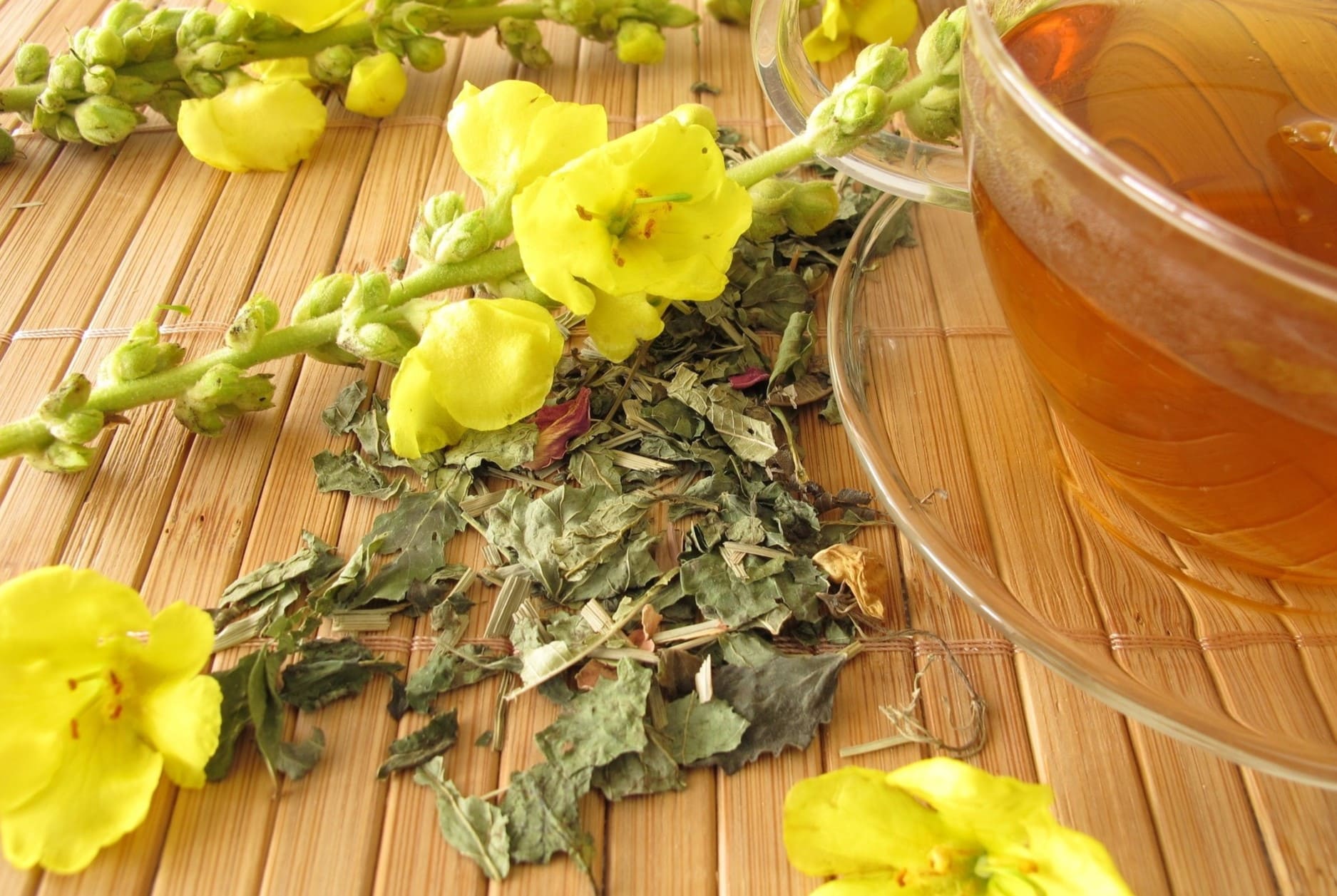
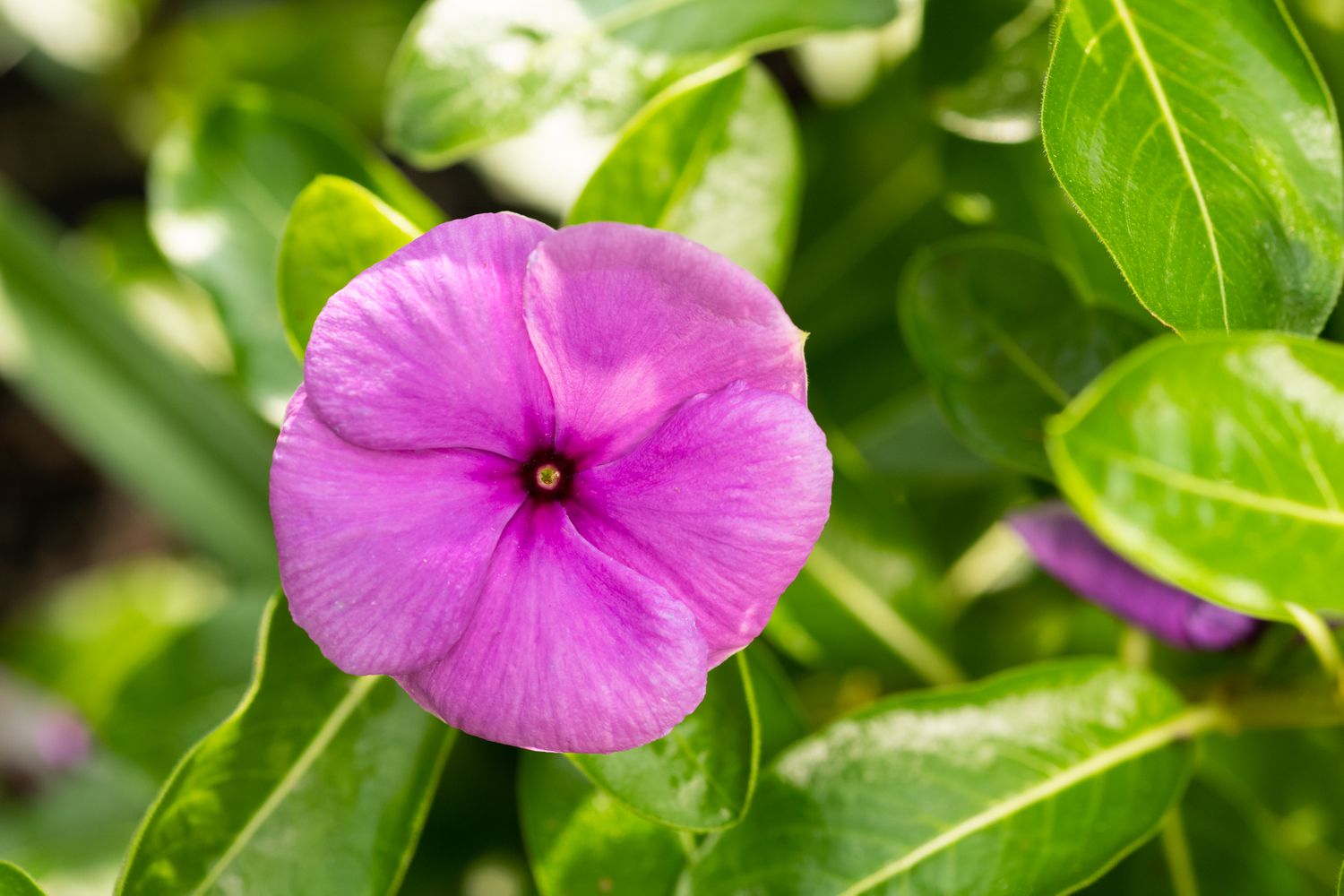
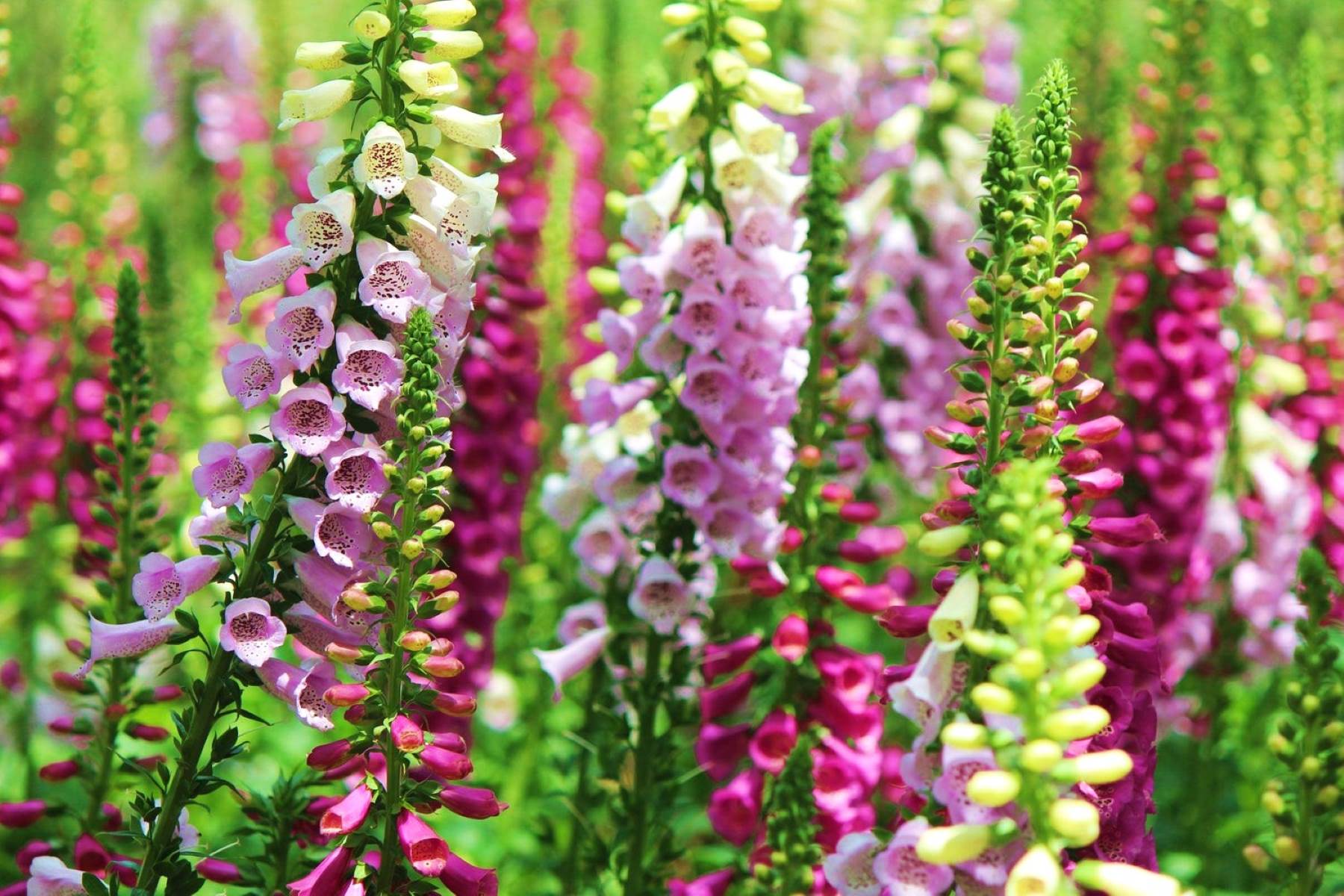
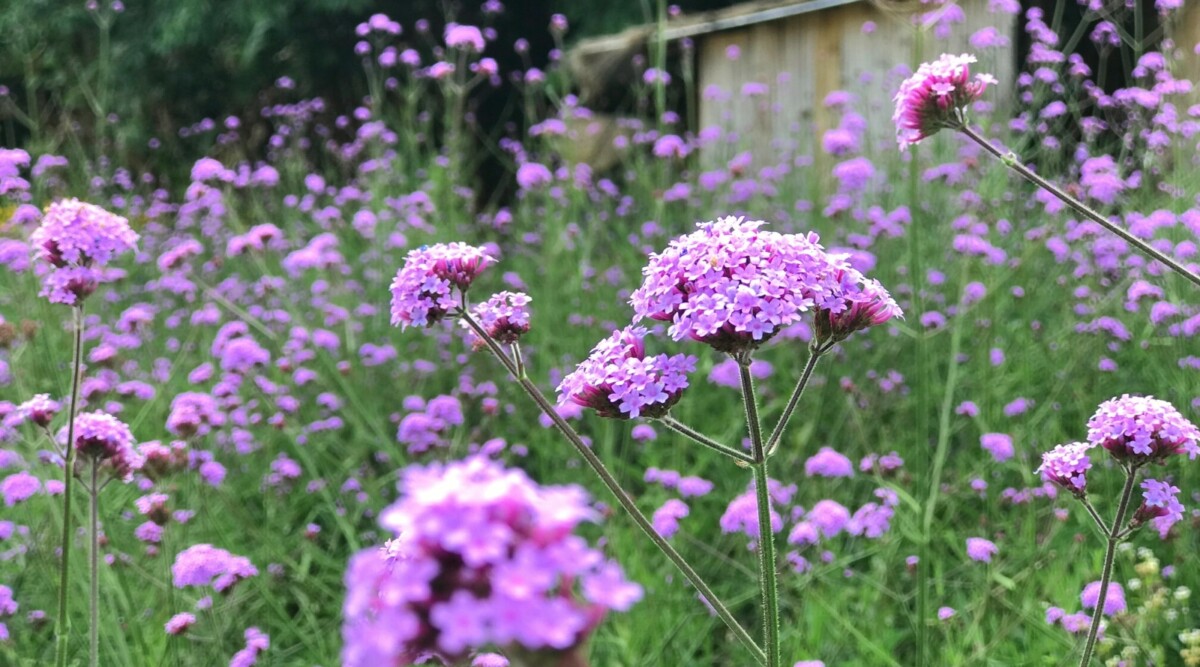
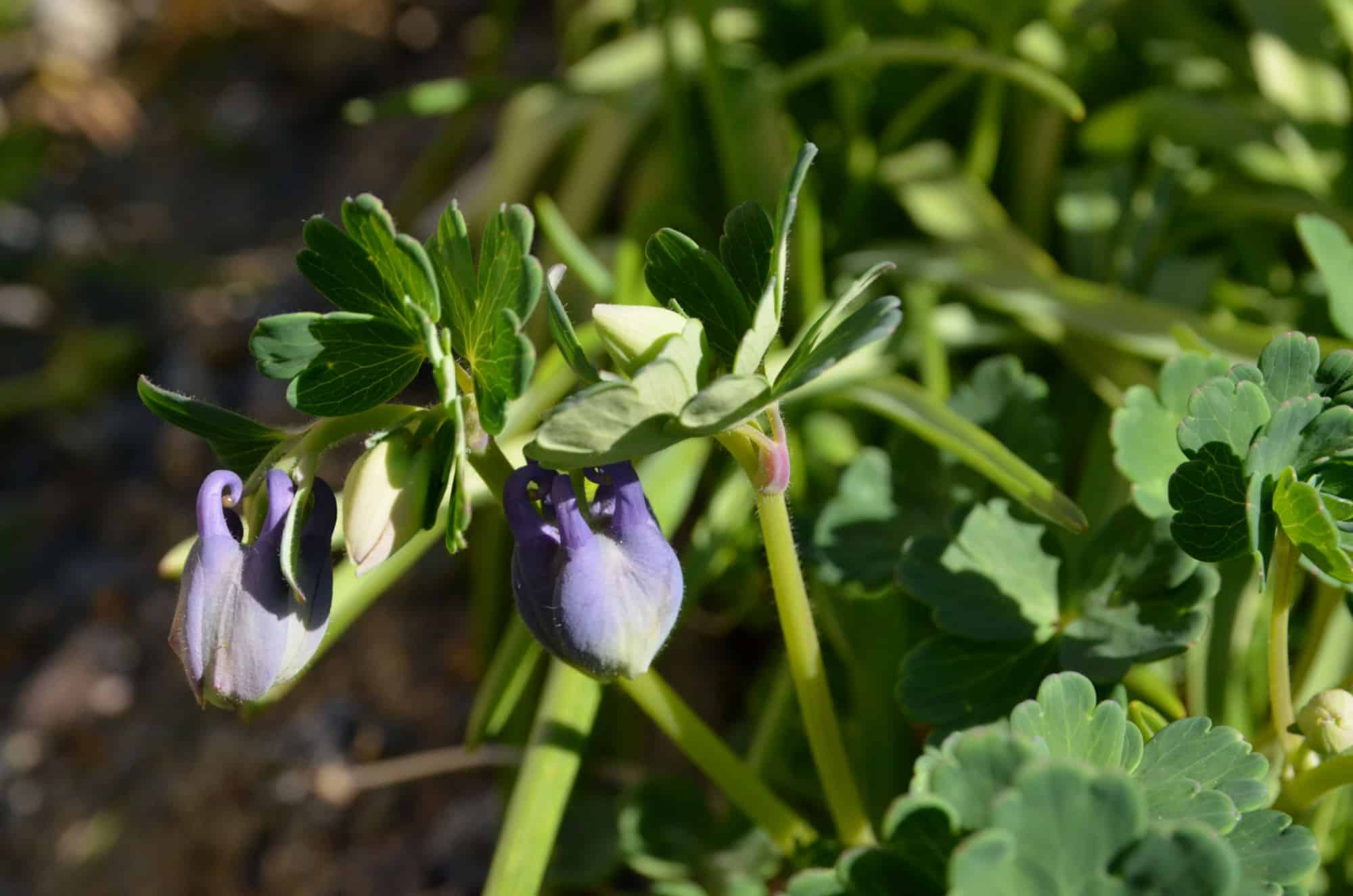
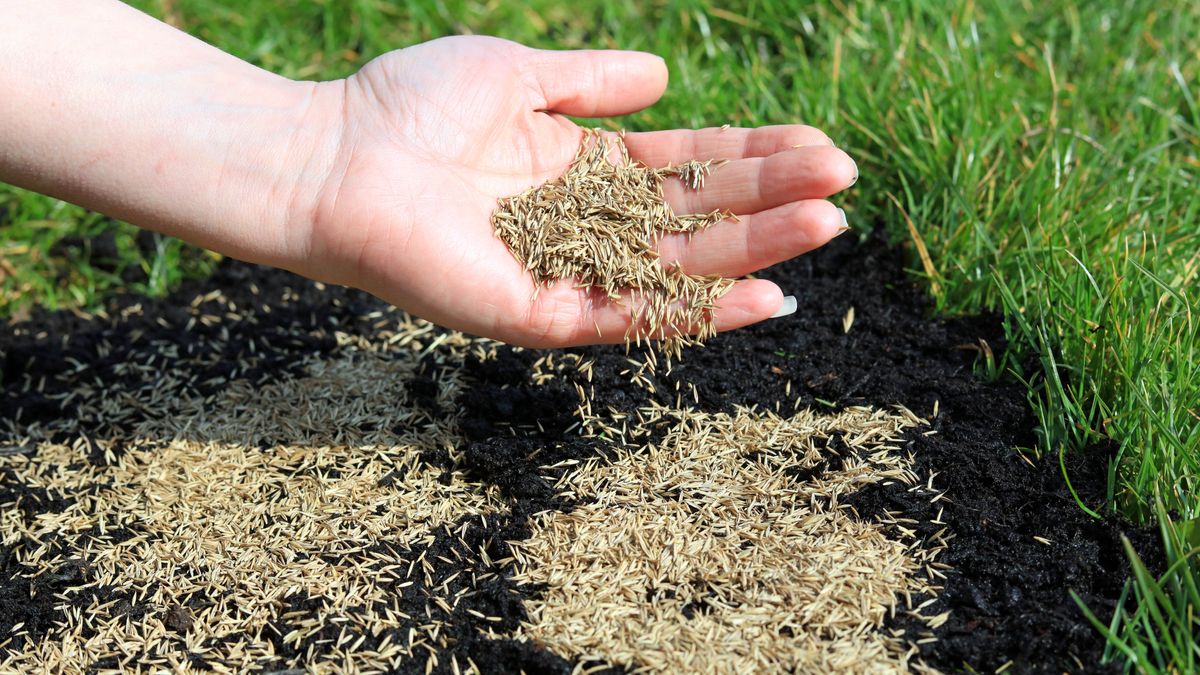

0 thoughts on “When To Plant Ginseng Seeds”